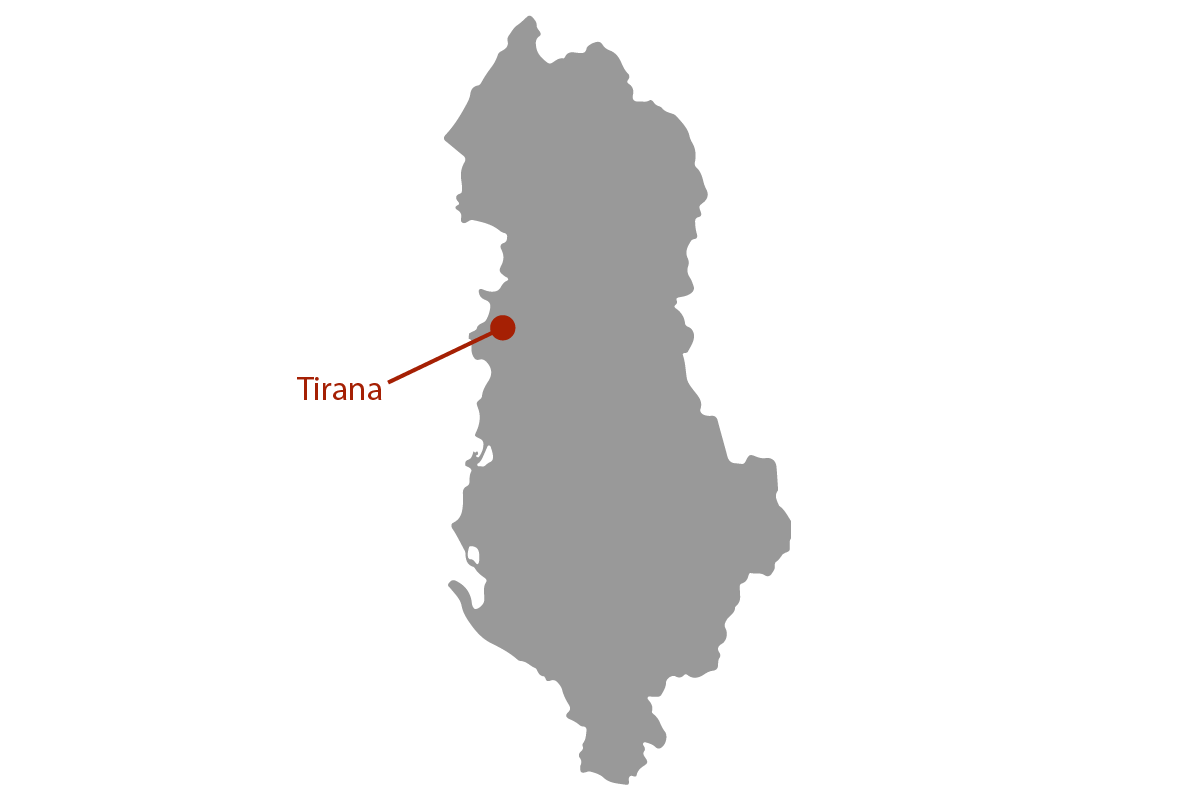Albania Key Facts
-
Flag

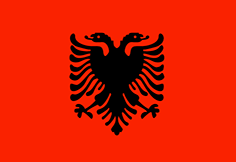
-
Size
28,748 km2
(143rd largest)
-
Population
3,020,209
-
Albania Location
South Eastern Europe
-
Travel Insurance
For Albania travel insurance, select Europe Region
-
International Calling Codes
355
-
Cities
Durrës
Korçë
Elbasan
Shkodër
Gjirokastër
Vlorë
Kukës
-
Language
Albanian
-
Religions
58.79% Islam
17.06% Christian
-
Currency
-
Driving
In Albania they drive on the right side of the road
Tourism website:
albania.al
When is the best time to visit?
Travel during the summer between May and September when the days are long and warm. September is when the countryside is at its most scenic. Albania can be quite cold and wet throughout winter and can be unpleasant.
Transport Information
- Railway
- 4 airports (1 international)
- Highways
- Ports and harbours
World Heritage Sites
- Butrint, an ancient Greek and Roman city
- Gjirokastër, a well-preserved Ottoman medieval town along with Berat, the 'town of a thousand and one windows'.
-
Average Annual Temperature
19.2 degrees
-
Average Annual Rainfall
2461 mm
Climate Information
Typically Mediterranean, hot/dry summers (particularly in inland areas, cooler on the coast with sea breezes) and cool/moist winters (snow is common in the mountains). The north of the country, including Sibera, has a subarctic climate with extreme winters (the record low temperature was -71.2 degrees), and the Russian Arctic islands have a polar climate, which is also cold. Areas around the Black Sea on the other hand have a humid subtropical climate with wet winters. January and February are by far the coldest months, and July usually the hottest. Winter see temperature drops across the country.
Official Holidays
- January 1 & 2 - New Year’s Day holiday
- March 14 - Summer Day
- March 22 - Nevrouz Day
- May 1 - Labor Day
- October 19 - Day of Beautification of Mother Teresa
- November 28 - Independence Day
- November 29 - Liberation Day
- December 8 - National Youth Day
- December 25 - Christmas Day
Why Visit Albania?
- Unspoilt
- Uncrowded
- Cheap
- Historical sites
- Beaches
- Natural landscapes
Things To Do In Albania
- Albanian Riviera (Adriatic and Ionian Seas)
- Albanian Alps
- UNESCO World Heritage sites
Travel Tips For Albania
- Travel outside of the major cities, internet access and wi-fi coverage may be limited.
- The major hotels in Tirana accept credit cards, but they may not be accepted outside the capital.
Albania's Food
Albania's food is influenced by its long history of being occupied by Greece, Serbia, Italy and the Ottoman Turks. Lunch is the main meal with a dish of meat and vegtables accompanied by salad of tomatoes, cucumbers, green peppers and olives with olive oil, vinegar and salt. Seafood is common in the coastal cities of Durrës, Sarandë and Vlorë. Smoked meat and pickled preserves are common in high elevation cities.
Albania's Travel Safety and Warnings
Albania had a reputation of being unsafe but it has improved and normal travel safety precautions are recommended which includes insuring yourself with travel insurance for Albania.
About Albania
Albania may not be the first travel destination on everyone’s lips, but if you’re looking for history, spectacular scenery, UNESCO listed sites, unspoilt and uncrowded beaches and saving some money whilst experiencing another culture – then do as the Albanians do and shake your head from side to side for a “Yes” - the New York Times certainly did earlier this year when they ranked Albania fourth out of 52 destinations to visit!
Under a dictatorship until 1990, new and old Albania now work and live side by side, giving visitors a smorgasbord of things to do and see. On offer are the likes of Tirana, the capital of Albania, which has embraced consumerism with gusto – it’s the place to go for bars, clubs and a lively nightlife. And then you have the rural areas where many locals still wear their traditional clothing, farmers till the land by hand and make their own food, and donkey carts are still a normal means of transportation.
So get your international travel insurance and start planning your trip to Albania!
Some Highlights:
|
Berat is known as the “’town of a thousand windows” – because when you look at the town, all you seem to see are the large windows of the historic Ottoman homes built on the hill and lead all the way up to the 13h Century Berat Castle. It’s a UNESCO World Heritage site, with the Castle and the fortress, Byzantine churches and Ottoman mosques still being used by the locals. See the well preserved Ottoman architecture in the medieval stone city of Gjirokaster, also a UNESCO site. |
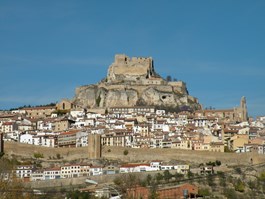 |
|
With the mountains as a backdrop, the buildings are from the 17th and 18th century, with turret roofs, stone walls and wooden balconies and are sheltered by 13th century Gjirokaster Castle which showcases a (alleged)) captured United States Air Force plane from WWII!. It’s referred to as the stone city because most of the old house roofs are covered in flat dressed stones, and some of them are open to visitors – the most impressive being the 3 storey Zekate House, once owned by a well to do Ottoman family. |
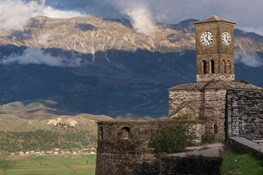 |
Archeological sites abound in Albania, and include Apollonia, a Corinthian Port which now sits inland because the water receded, but the best known is another UNESCO site – Butrinto National Park.
|
The ancient ruins include a 3rd century theatre which is still in use today for concerts and ballet; 2nd century Roman bath house; 6th century baptistery with mosaic floor; a 15th century Venetian castle at the top, complete with an excellent museum displaying artefacts found in the excavations. And as it’s an archaeological site, you’ll see sections still being uncovered. Mountains take up 70% of Albania, so there are many opportunities for capturing spectacular vistas, if that’s your passion. |
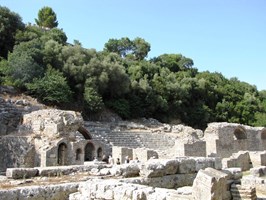 |
|
And if you’re feeling energetic, you can take a day hike to see the ancient mountain churches of Voskopjoje, which have survived war, erosion and neglect, and see the amazing ecclesiastic art, frescoes and murals on the walls. Ever heard of the Albanian Riviera? It’s like the French Riviera, just cleaner, uncrowded, secluded and cheaper. The water is crystal clear, the sand is white, and the seaside villages are still quaint. |
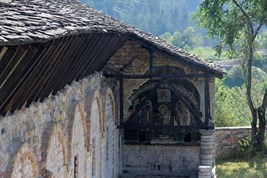 |
|
Try these places: Saranda, located opposite the Greek Island of Corfu and one of the most attractive towns on the Riviera; Dhermi, favoured by the younger crowd for its nightlife; Borsch, considered one of the warmest spots on the Riviera and surrounded by orange, lemon and olive groves; and Ksamil, with its own turquoise beach and four islands that you can swim to. And if your’re in Saranda, a definite must see is the 45 m deep Blue Eye Water Spring, so called because the inner part of the spring is a very dark blue, and the outer parts a lighter blue. |
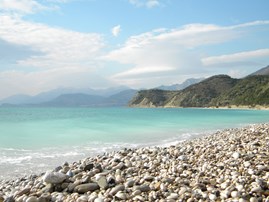 |
|
The spring used to be off limits to the general public, open only for the pleasure of the Communist party leaders. At 10 degrees the water is cold, but if that doesn’t bother you, take a dip – you won’t get in trouble from the leaders anymore! Albania has a typical Mediterranean climate, so it’s perfect for outdoor activities for most of the year. It’s not just the sights and beaches that this little country offers - hiking, skiing, fishing, kayaking, trekking, bird watching are also some popular activities. |
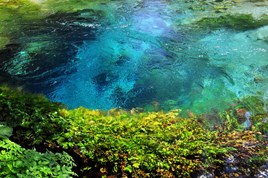 |
|
Having said all of the above, Albania’s infrastructure isn’t equipped for mass tourism – they’re making some headway, but most of the roads are poor, litter is an issue and the quaint and romantic narrow cobblestone streets are uneven and can be slippery. In the past, Albania had a reputation for not being a very safe country to travel in, however that has changed and if you take the usual safety precautions, you should be ok. Of course, wherever you travel, it’s always important to take out travel insurance for that peace of mind. |
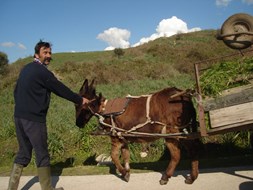 |
In 2013, Albania was 30 – 50% cheaper than nearby Greece, Italy and Croatia, so it naturally is a great country for backpackers, and for travellers who want everything from a European holiday but aren’t keen to pay French and Italian prices. So pack your comfortable walking shoes and get there before the crowds and prices increase!
